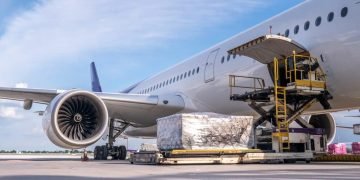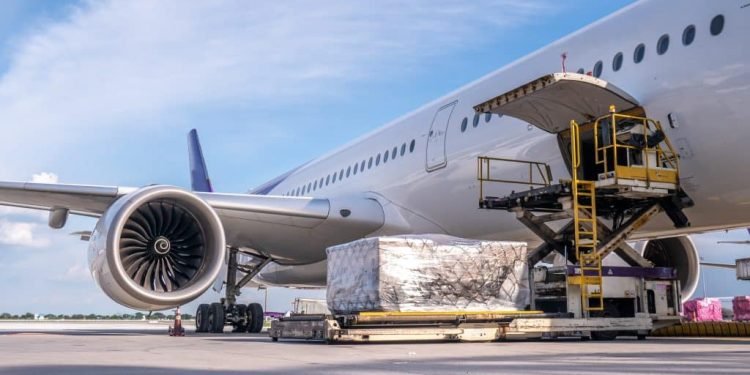By Eva Richardson | The Logistic News
A quiet transformation is unfolding in the heart of the Middle East. As geopolitical tensions reshape trade routes and reliability becomes the new currency of logistics, airports across the Gulf region are stepping into a central role — not as transit stops, but as foundational pillars of global air cargo strategy.
From Doha and Dubai to Riyadh and Abu Dhabi, these hubs are no longer just crossing points between continents. They are now emerging as the operational nerve centers for carriers, freight forwarders, and multinational supply chains alike.
From Waypoints to Anchors
Historically viewed as mid-route refueling or sorting points, Middle Eastern airports have been investing for years in infrastructure designed for long-term freight dominance. That patience is now paying off.
“In the past, these hubs connected east and west,” says a regional air freight director for a European logistics firm. “Now, they define the route itself.”
Facilities such as Dubai World Central (DWC), Hamad International (DOH), and King Khalid International (RUH) have expanded well beyond runways and terminals. They’ve become fully integrated cargo ecosystems — complete with bonded logistics zones, cold chain facilities, and customs processes built for speed.
Realignment Driven by Instability — and Opportunity
The rise of these hubs is not just about geography or investment — it’s about timing. Ongoing disruptions in the Red Sea, prolonged uncertainty in Eastern Europe, and increased congestion at traditional Asian gateways have forced shippers to rethink routing entirely.
Freight flows that once passed through Frankfurt or Singapore are now being rerouted through the Gulf — not temporarily, but by design.
“What we’re seeing is a recalibration of global cargo logic,” explains an aviation analyst based in London. “And the Middle East is becoming a strategic fallback that is now front and center.”
Infrastructure Built for Scale and Speed
Key to this emergence is the region’s deep commitment to infrastructure. The UAE, Saudi Arabia, and Qatar have each poured billions into cargo terminals, smart logistics zones, and multimodal connectivity that links airports to road, rail, and sea networks.
Carriers like Qatar Airways Cargo and Emirates SkyCargo have responded in kind — expanding freighter fleets, building next-gen handling centers, and launching high-frequency services aimed at reducing lead times between Asia, Europe, and Africa.
At a time when supply chains crave both resilience and flexibility, this speed-to-scale advantage is hard to ignore.
Rethinking Global Cargo Strategy
The strategic implications are wide-reaching. Freight forwarders are now redesigning standard air corridors to flow through Middle Eastern hubs by default, not as a contingency. Retailers and pharmaceutical giants are exploring regional distribution from Gulf states, rather than flying stock deeper into Europe.
“We’ve restructured our routing to pass through Jeddah and Doha instead of Frankfurt and Istanbul,” said a global supply chain director at a major fashion brand. “It’s faster, more stable, and the infrastructure supports our volume.”
The impact is also being felt in pricing models and inventory strategies — particularly for time-sensitive or high-value goods.
A Shift Still in Motion
While it’s too early to declare a full power shift in global air freight, the trajectory is undeniable. Middle Eastern airports are no longer playing catch-up — they’re setting the pace.
With trade flows becoming more dynamic and geopolitical risk a permanent variable, industry leaders are betting that the Middle East will remain a vital anchor for global cargo in the decade ahead.
“The Gulf is no longer just a bridge between continents,” said a freight executive based in Dubai. “It’s becoming a destination in its own right — and the world is starting to plan around it.”























